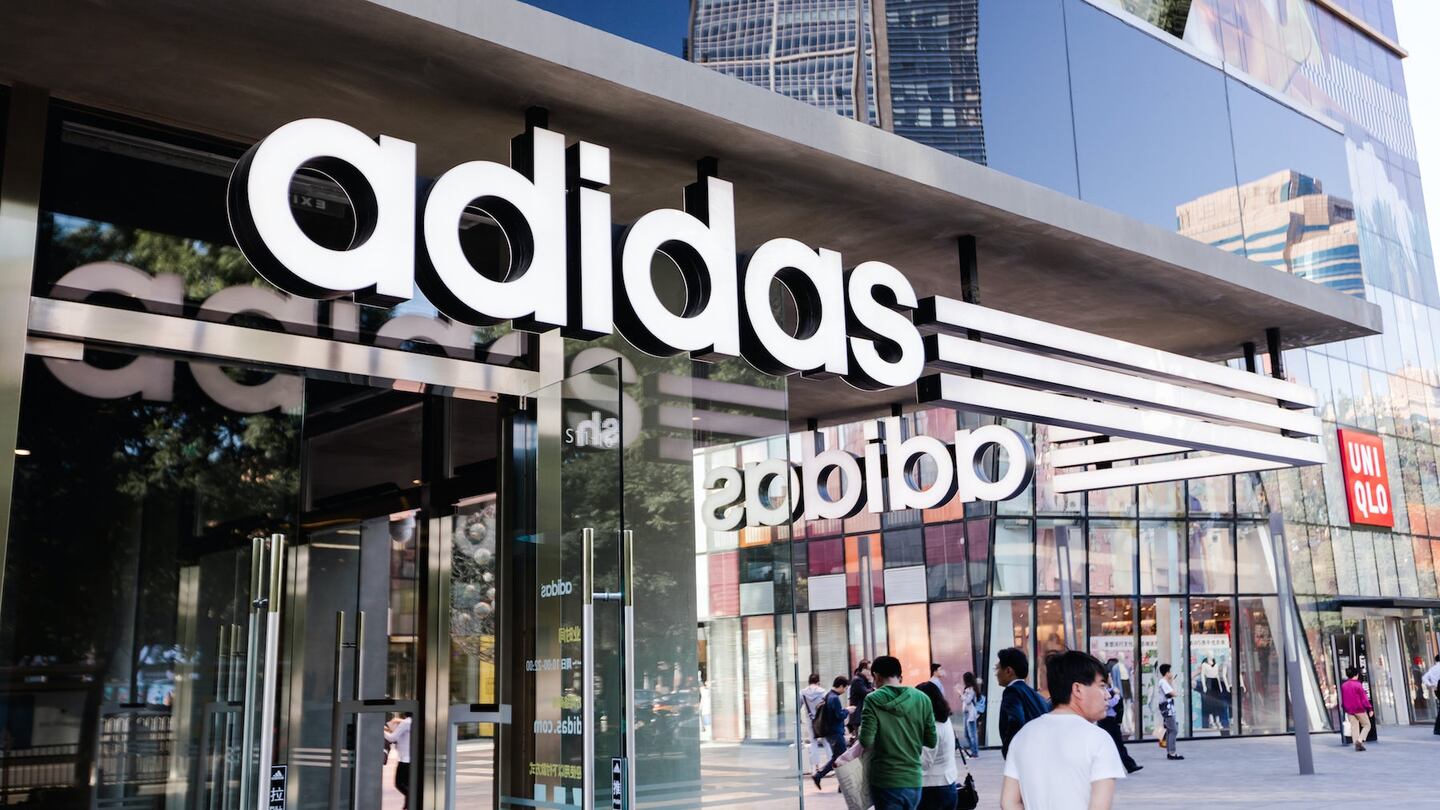
The Business of Fashion
Agenda-setting intelligence, analysis and advice for the global fashion community.

Agenda-setting intelligence, analysis and advice for the global fashion community.

A potential €500 million ($551 million) write-off on unsold Yeezy shoes is a headache for Adidas as it looks to implement a global turnaround — but it’s not the German sportswear giant’s biggest problem.
That would be China, the world’s second-largest sportswear market, where Adidas saw sales decline 36 percent in its last fiscal year.
“Their numbers there have been just abysmal. They’ve clearly lost market share, and that has a bigger impact in the long term than even Yeezy does,” said Morningstar analyst David Swartz.
First-quarter sales in Greater China fell by 9.4 percent in currency-neutral terms from the same period last year, Adidas reported on Friday, saying there is still uncertainty around the recovery in China.
ADVERTISEMENT
Though it is hard to find a global consumer brand that wasn’t negatively impacted by China’s zero-COVID restrictions in 2022, Adidas’ fall was more precipitous than its peers.
Its problems in the China market were apparent long before rolling lockdowns hit Chinese consumer sentiment and retail sales last year.
Since 2019 Adidas has seen its market share in China fall from 19 percent to 11 percent, according to Euromonitor figures, allowing local giant Anta to leapfrog into second place in terms of sportswear market share behind Nike.
Adidas was also impacted more heavily than peers by 2020′s Xinjiang cotton controversy, CMBI analyst Walter Woo says, in which Western brands came under attack on Chinese social media over their comments on labour conditions in the province.
A marketing strategy heavy on lifestyle and celebrity ambassadors rather than sportspeople and performance meant celebrities’ pullback from foreign brand endorsements left Adidas less visible in the market.
New CEO Bjorn Gulden flagged in March that Adidas would increase its focus on sports in China, especially soccer and marathons, and sponsor more Chinese athletes.
In addition, China market head Adrian Siu, himself only in his role a year, has begun a multi-pronged turnaround strategy for the market that includes a focus on “hyperlocalisation” and speed, Adidas China insiders told Reuters.
Three sources, who requested anonymity because they aren’t authorised to speak to the media, said this local focus was apparent not only in lifting the proportion of locally designed product for the market to 30 percent from less than 10 percent previously, but also in internal company culture.
ADVERTISEMENT
Since Hong Kong-native Siu took the helm, meetings have been held in Chinese rather than English, sources said. Another Adidas China source said speed to market is now seen as key, as Chinese consumers relentlessly seek newness.
By Casey Hall
The German sportswear giant hinted it could try to sell already produced sneakers from the collaboration, but predicted its first annual loss in over three decades.
Top of incoming CEO Bjørn Gulden’s in-tray will be dealing with unsold Yeezy inventory and reversing the brand’s steep decline in China.
The German sportswear giant’s partnership with Ye generated $1.7 billion in 2021, accounting for nearly 7 percent of its annual revenue. Now that the company has cut ties with the rapper, will it keep selling Yeezy designs?
Antitrust enforcers said Tapestry’s acquisition of Capri would raise prices on handbags and accessories in the affordable luxury sector, harming consumers.
As a push to maximise sales of its popular Samba model starts to weigh on its desirability, the German sportswear giant is betting on other retro sneaker styles to tap surging demand for the 1980s ‘Terrace’ look. But fashion cycles come and go, cautions Andrea Felsted.
The rental platform saw its stock soar last week after predicting it would hit a key profitability metric this year. A new marketing push and more robust inventory are the key to unlocking elusive growth, CEO Jenn Hyman tells BoF.
Nordstrom, Tod’s and L’Occitane are all pushing for privatisation. Ultimately, their fate will not be determined by whether they are under the scrutiny of public investors.